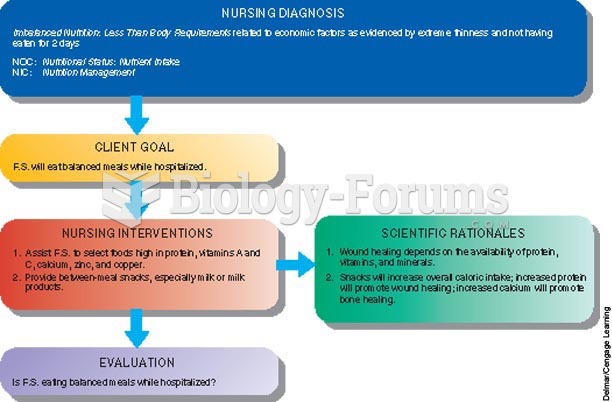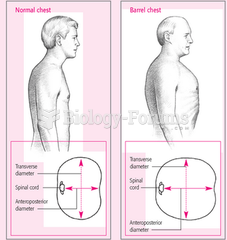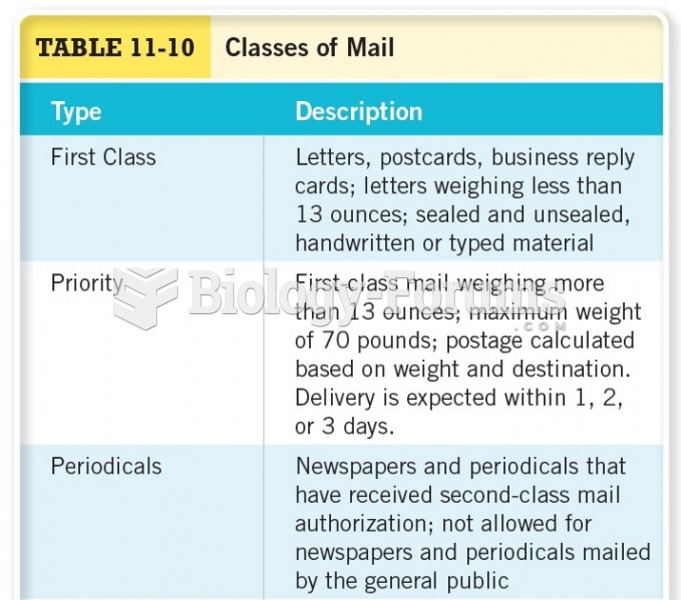Answer to Question 1
In April 2002, a survey was conducted asking doctors and patients for their attitudes towards e-mail. It found that 90 percent of patients would like to exchange e-mail with their physicians, whereas only 15 percent of doctors exchange e-mail with their patients. Doctors cite concerns with liability (a paper trail), privacy, time, the possibilities of misunderstanding, and the slowness of e-mail compared with conversation. The small percentage of doctors who provide e-mail state that patients are calmer when they know there is an open line to their physicians and, therefore, do not need to communicate as much. Some doctors who provide e-mail for their patients maintain that no malpractice lawsuits?had been filed in which e-mail played a role.
By 2013, The American Recovery and Reinvestment Act (ARRA) of 2009 calls for including secure e-mail between doctors and patients as part of the electronic health record (EHR). Although use of EHRs and practice management software has increased over the past several years, the increase in the use of e-mail to communicate with patients has been modestwith little adherence to recognized guidelines. This remained true at least through 2006, before the ARRA was passed, according to a study published in the Journal of Medical Internet Research.
The American Medical Association published guidelines for the use of e-mail between patient and physician. The guidelines include establishing a turnaround time; keeping copies of e-mails; discussing privacy with the patient, and telling the patient who will read the e-mail; restricting e-mail to appropriate topics, such as scheduling and prescription refills, not HIV status or mental health; requiring patients to put the subject of the e-mail on the subject line and their name and patient identification number in the e-mail; sending an automatic acknowledgement of receipt of the e-mail, and having patients do the same; being able to save and retrieve e-mails; keeping a mailing list of patients but using blind copies to send group e-mails; avoiding libel; including the physician's name, contact information, and reminders of privacy concerns in each e-mail; and requiring that patients keep e-mails short.
In a recent study, 4,203 physicians were surveyed about their use of e-mail. Only 16 percent used e-mail for patient communications, whereas only 2.9 percent used it frequently. A mere 6.7 percent followed at least half of the e-mail guidelines. Barely 1.6 percent followed all the e-mail guidelines. Older doctors and those of Asian descent were less likely to use e-mail. Doctors in large (50+) practices and those who practiced in cities were more likely to use e-mail. E-mail was used more by surgeons and family physicians than by other doctors. The study also found that doctors use e-mail to communicate with everybody but patients. Another study found that younger, female, university-based doctors were more likely to use e-mail than community-based physicians. A 2007 study of e-mail between doctors and patients in seven countries in Europe had similar findings: 1.8 percent of the populations had requested prescriptions via e-mail; 3.2 percent had scheduled an appointment; 2.5 percent had asked a question. In both the United States and European countries, patients wanted to be able to use e-mail to communicate with their doctors.
In California, the Kaiser Permanente health system began using e-mail in 2004 . By 2008, a total of 35,423 patients and 3,092 doctors were using it. In a study, 630,807 e-mails (March 2006December 2008) were analyzed and compared to the data of the year before. Patients initiated 85 percent of e-mail communication. Among patients with diabetes and/or hypertension who used e-mail, from 2.4 to 6.5 percent saw improvementsin blood sugar control and screening, cholesterol screening and control as well as screening for retinopathy andkidney disease.More patients with diabetes or hypertension alone achieved blood pressure levels under 140/90. The more a patient e-mailed the doctor, the more the patient improved.
Answer to Question 2
A








